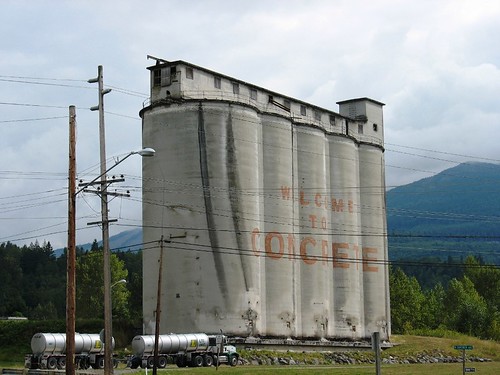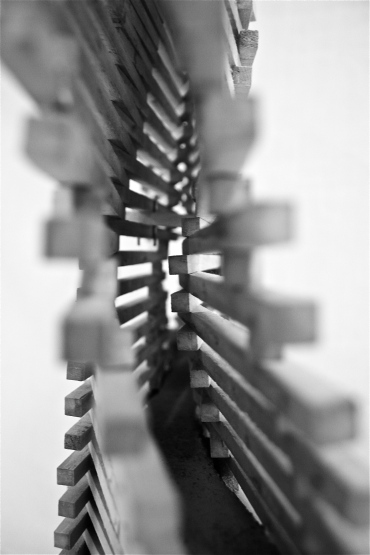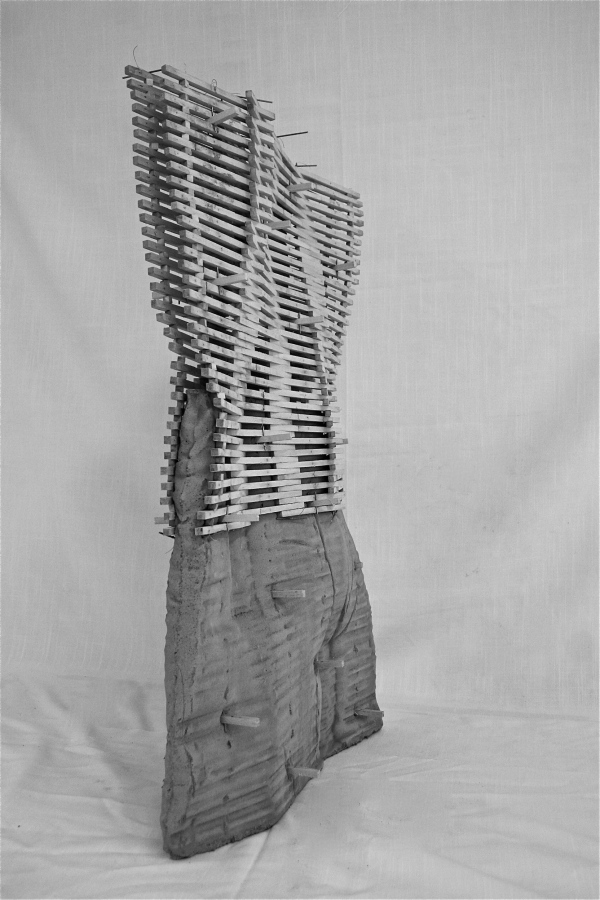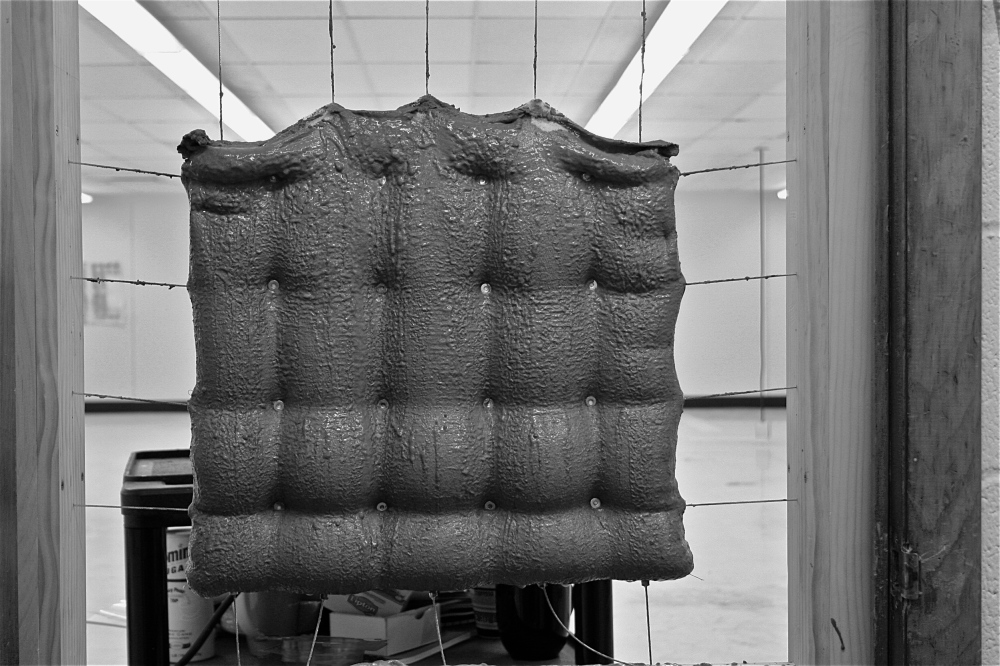Welcome to Concrete
The town called Concrete, Washington, USA got its name from a large cement company. I sometimes use the photo of the cement silos in the beginning of lectures - it says it all: Welcome to Concrete.
According to the town's wikipedia entry the population was 705 souls in 2010 and the town just had its hundred-year anniversary. It is quite amusing how two towns were created on each side of the river by the founding of two large Portland Cement plants - one of the towns was called Cement City. The two towns grew together [a little concrete pun: Concrescere in Latin, let's call it the composite city] and got the fitting name Concrete.
[Welcome To Concrete, a photo by VaultBoy13 on Flickr.]
Goodbye to Traditional Concrete
In Arizona, a new sheriff came to town in 2004. The designer-concreters at Gore Design Company really meant it when they started a new business. Below is their 'obituary' to traditional concrete (not the town, I assure you):
["Traditional concrete died in 2004" via]
Obituary
Traditional Concrete
27 BC to 2004 AD
"Concrete, as it has been known for more than 2000 years, died in early 2004. Born during the Roman Empire, Traditional Concrete thrived as aqueducts, sidewalks and lawn gnomes. Traditional Concrete, however, met its death at the hands of an unknown assailant sometime during the night in early 2004. Multiple bullet casings were found at the scene and based on the small amount of residual evidence forensic experts believe this could have been the work of a professional.
[Police investigation the crime scene where traditional concrete died, via]
Police are currently interviewing witnesses but due to the ongoing investigation cannot comment on specifics of the case. A Phoenix detective, speaking on the condition of anonymity, has indicated that Police have a strong suspicion that Gore Design Co. may have played a part in the assassination. A tremendous paradigm shift occurred in their work shortly after Traditional Concrete’s death, raising eyebrows of both investigators and designers.
Traditional Concrete is survived by it’s better-looking stronger son, GFRC (Glass-Fiber Reinforced Concrete). GFRC resides in Gore Design Co.’s Tempe, Arizona studio furthering suspicions of involvement of the rogue concrete artisan firm. Any information regarding this case should be reported to the authorities immediately." Via Gore Designs' Website
[In charge with a smoking gun - Eames meets gfr concrete (and ink) check out great images and design here]
Welcome and goodbye for now.
Yours (corny) Concretely















